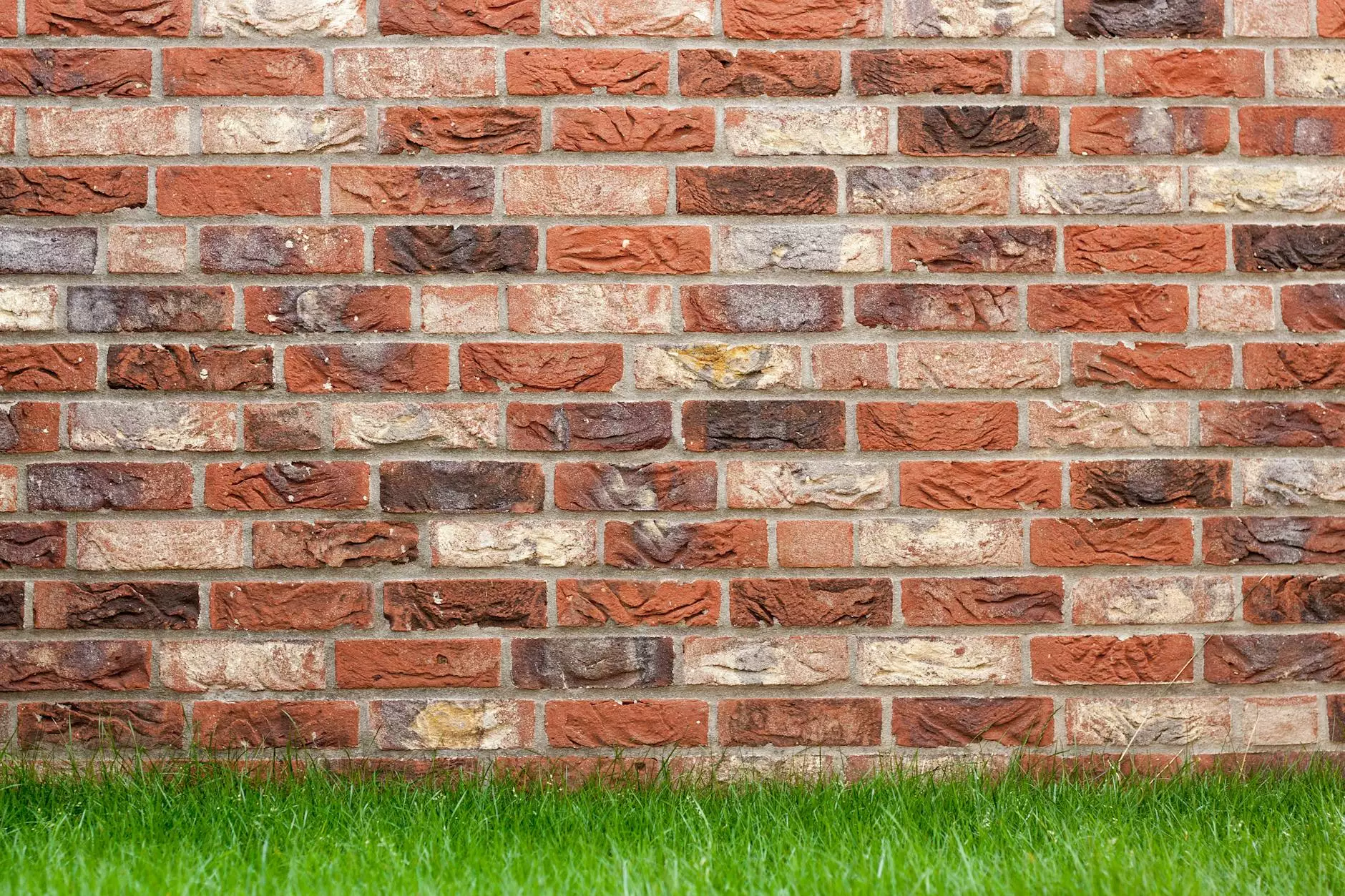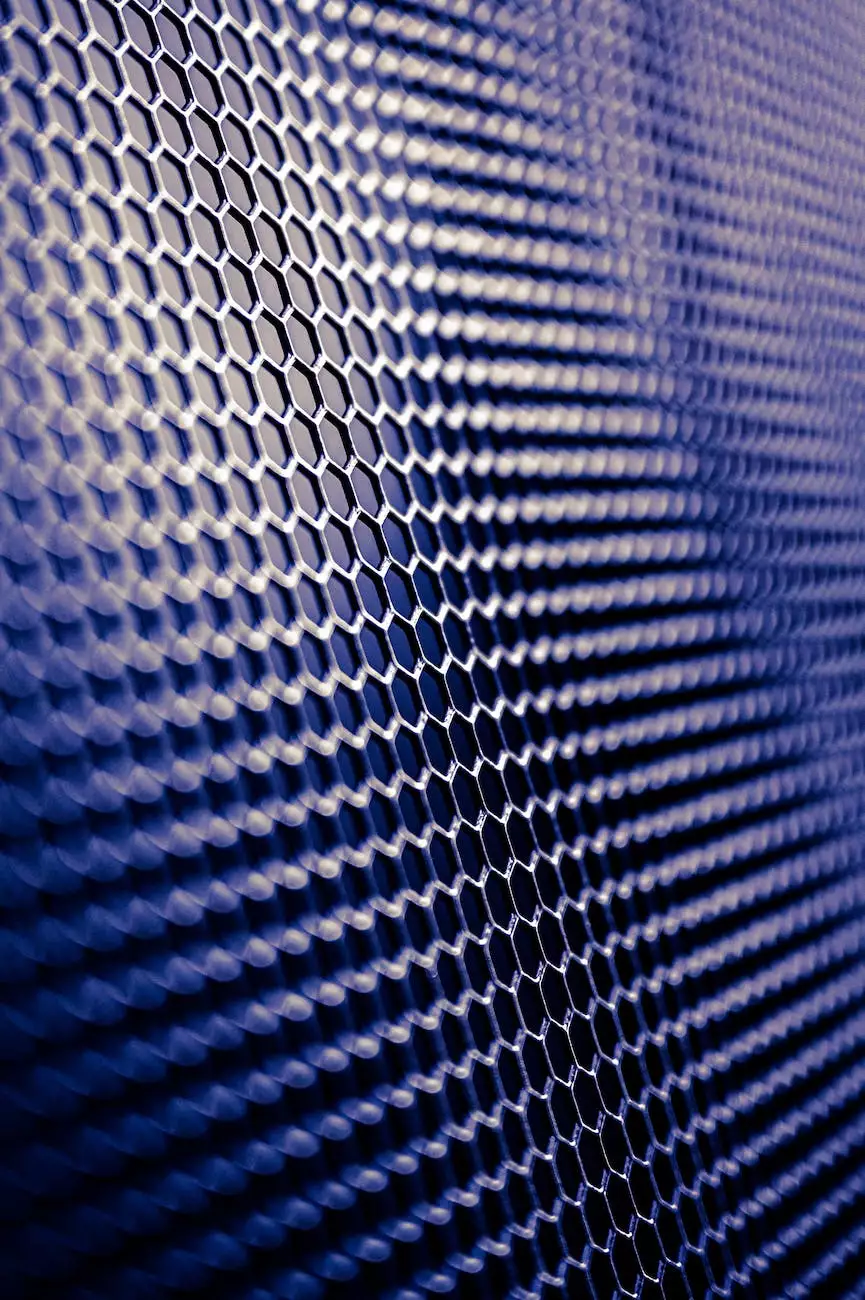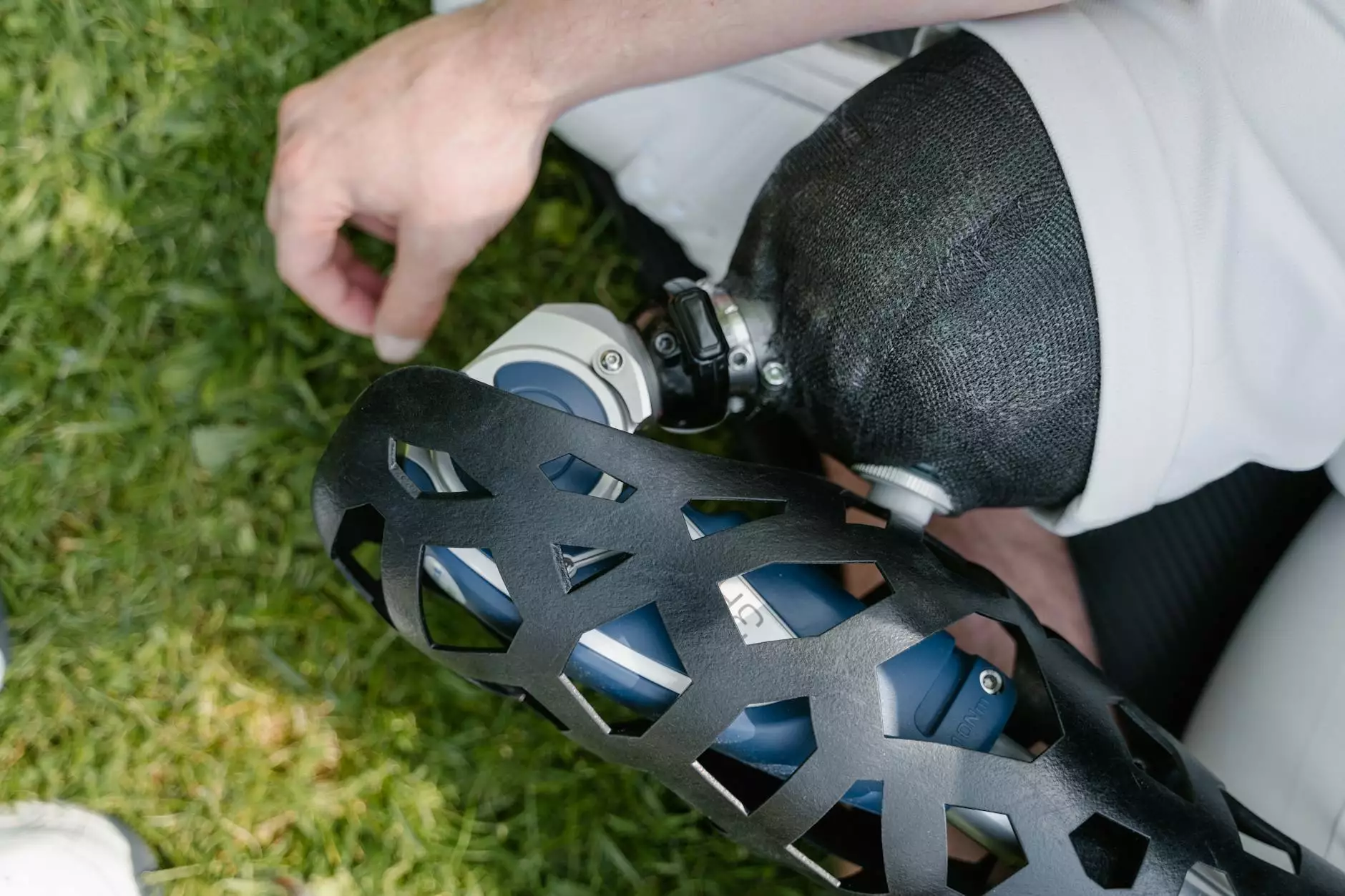Artificial Grass Buying Guide - Global Syn-Turf
Artificial Grass
Introduction
Welcome to the Artificial Grass Buying Guide brought to you by Metate Industrial Supply in collaboration with Global Syn-Turf. Whether you are a homeowner or a contractor, this comprehensive guide is designed to help you navigate the process of selecting and installing artificial grass for your landscaping projects. With years of experience in the industry, we are committed to providing you with all the information you need to make informed decisions.
Why Choose Artificial Grass?
Artificial grass, also known as synthetic turf or fake grass, has gained significant popularity over the years due to its numerous benefits. Unlike natural grass, artificial grass requires minimal maintenance and does not require watering, mowing, or fertilizing. It offers a lush green appearance all year round, making it perfect for areas that struggle with natural grass growth.
Factors to Consider
Before purchasing artificial grass, there are several factors to consider:
1. Usage and Functionality
Determine the purpose of the artificial grass. Is it for a residential lawn, commercial space, or sports field? Different applications require different types of artificial grass with varying durability, pile height, and infill options. Understanding the intended usage will help you select the most suitable product.
2. Quality and Durability
Investing in high-quality artificial grass is essential for long-term satisfaction. Look for products that are UV-resistant, fade-resistant, and able to withstand heavy foot traffic. Consider the warranty offered by the manufacturer to ensure you are getting a reliable product that will stand the test of time.
3. Pile Height and Density
The pile height refers to the length of the grass blades, while density relates to the number of blades per square inch. These factors contribute to the overall appearance and feel of the artificial grass. For a natural look, opt for a pile height and density that closely resemble real grass.
4. Infill Options
Infill provides stability, support, and a cushioning effect for artificial grass. There are various infill materials available, including silica sand, crumb rubber, and organic infills. Each option has its own advantages and considerations. Consider the intended use, climate, and maintenance requirements when selecting the appropriate infill for your project.
5. Maintenance Requirements
While artificial grass requires minimal maintenance compared to natural grass, there are still some upkeep tasks involved. Brushing the grass regularly to prevent matting, removing debris, and rinsing with water when needed are some common maintenance practices. Consider your available time and resources for maintenance before making a decision.
Installation Process
Proper installation is crucial for the longevity and performance of your artificial grass. For best results, it is recommended to hire a professional installer. The installation process generally involves the following steps:
- Site Evaluation: The area where the artificial grass will be installed is assessed, taking into consideration any existing landscaping, drainage, and potential obstacles.
- Ground Preparation: The existing soil is thoroughly compacted and leveled. If necessary, a layer of crushed stone or decomposed granite is added to improve drainage.
- Base Installation: A stable and permeable base layer, typically made of crushed stone or stabilized decomposed granite, is installed. This provides a solid foundation for the artificial grass.
- Turf Installation: The artificial grass is meticulously installed, ensuring proper alignment, seaming, and securing.
- Infill Application: The appropriate infill material is evenly spread over the turf, providing stability and support.
- Grooming and Clean-Up: The installed artificial grass is brushed and groomed to ensure a natural appearance. Any excess debris is removed, leaving your new lawn ready for enjoyment!
Maintenance Tips
To keep your artificial grass looking its best, here are some maintenance tips:
- Regularly brush the grass blades to prevent matting and maintain a natural appearance.
- Remove leaves, twigs, and other debris that may accumulate on the surface.
- Rinse the grass with water to remove any dust or dirt buildup.
- Avoid using harsh chemicals or cleaning agents that may damage the grass fibers.
- Inspect the infill regularly and replenish as needed to ensure optimum performance.
Conclusion
Choosing the right artificial grass for your needs can be a game-changer for your landscaping projects. By understanding the factors to consider, the installation process, and the necessary maintenance, you are now equipped to make an informed decision. At Metate Industrial Supply, we proudly offer a wide range of Global Syn-Turf products to meet your artificial grass needs. Start enjoying the benefits of a beautiful and low-maintenance lawn today!









